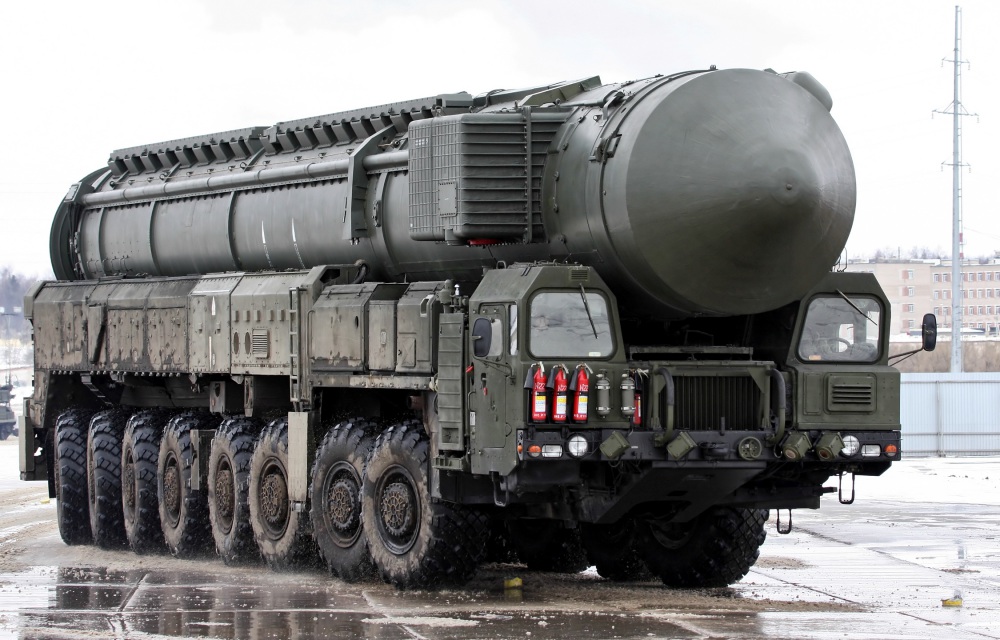
“Peaceful” Nuclear Programs and the Problem of Nuclear Latency

This is the introduction from "'Peaceful' Nuclear Programs and the Problem of Nuclear Latency," by John Carlson. The views in this paper are the author's and not necessarily those of NTI. To read the full paper, download the PDF below.
1. INTRODUCTION
This paper discusses issues involved in assessing the risk of proliferation from national nuclear programs, in particular whether criteria could be established for assessing if an ostensibly “peaceful” program is really aimed at developing nuclear weapons. The paper originally appeared under the title Assessing and Minimising Proliferation Risk, as a chapter in the book Limits to Secure Nuclear Tolerance, published by the International Luxembourg Forum, Moscow, in 2014.
With the recent conclusion of the Joint Comprehensive Plan of Action (JCPOA) for Iran’s nuclear program, it is timely to update the paper to take account of this important development. The JCPOA is an unprecedented effort to reduce international tensions arising from a national nuclear program. However, the JCPOA does not in itself resolve the underlying problem: how to ensure that national programs in enrichment and/or reprocessing do not result in the proliferation of nuclear weapons. If at the end of the JCPOA’s 15-year limitation period Iran proceeds with plans to expand its enrichment program by orders of magnitude , the international community will face this problem all over again. It is essential to use the time provided by the JCPOA productively to reach a lasting solution to this problem.
This paper addresses major underlying themes relating to national nuclear programs, in particular the boundaries of “peaceful uses” permitted by the Nuclear Non-Proliferation Treaty (NPT), and the closely related issues of nuclear latency and nuclear hedging. The paper also looks at the safeguards challenges presented by national nuclear fuel cycle developments, and the effect of these on the ability of the IAEA (International Atomic Energy Agency) safeguards system to meet the expectations reflected in the NPT.
With respect to criteria for assessing “peaceful” nuclear programs, the paper considers:
(a) the risk factors to be taken into account in developing such criteria;
(b) how such criteria might be applied;
(c) whether a criteria approach is sufficient to deal with proliferation risk.
The very fact of discussing criteria for assessing the peacefulness of nuclear programs illustrates a critical change in the dynamics of proliferation. Until recent years, the proliferation challenges that have arisen from states within the NPT have been based on clandestine (undeclared) nuclear programs with little or no direct link to declared, safeguarded civil programs. Criteria would have limited utility in addressing secret programs. However, the Iranian situation shows that circumstances are changing − proliferation risk is no longer limited to clandestine programs. Iran, having had to bring under safeguards a nuclear program which it was developing in secret, now maintains that the NPT gives any party the right to develop any aspect of the nuclear fuel cycle.
Iran’s actions raise the spectre of safeguarded proliferation – that a “peaceful” nuclear program operated under IAEA safeguards could, if and when the state so decides, be used for break-out to nuclear weapons production. If states believe this is the underlying reason for the nuclear programs of other states, international trust and confidence will be undermined, and the credibility of the NPT and IAEA safeguards will be damaged. As will be discussed, the development of criteria could help define the limits of what is internationally acceptable in national nuclear programs.
Stay Informed
Sign up for our newsletter to get the latest on nuclear and biological threats.
More on

Statement by the EASLG: Shrinking the Zone of Confrontation and Competition: Principles for Euro-Atlantic Security and the Global Nuclear Order
The co-conveners and participants of the Euro-Atlantic Security Leadership Group call for the re-establishment of basic principles relating to security and nuclear order.

Global Effects of Nuclear Conflict: Implications for Nuclear Policymaking, Then and Now
This paper highlights the need for renewed attention to the catastrophic effects of nuclear conflict as a crucial step toward reducing the risk of nuclear use.

Reducing Cyber Risks to Nuclear Weapons: Proposals from a U.S.-Russia Expert Dialogue
There is a critical need for a global diplomatic approach to address growing cyber risks, including, where possible, through cooperation between the United States and Russia.
